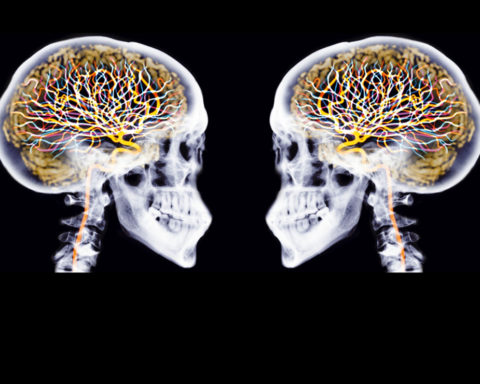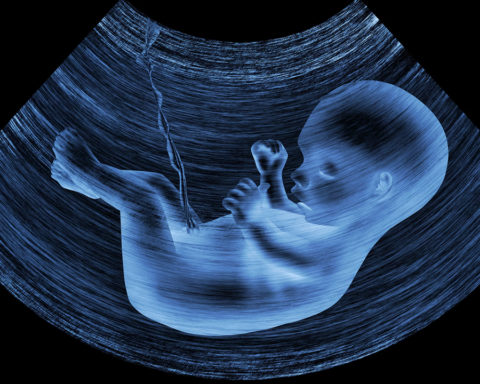
READ IN UP' : This 7th continent which endangers the biodiversity of the oceans and Microplastics in the ocean: real trash continents
READ IN UP' : Every human leaves 1,000 tons of plastic waste in nature


READ IN UP' : This 7th continent which endangers the biodiversity of the oceans and Microplastics in the ocean: real trash continents
READ IN UP' : Every human leaves 1,000 tons of plastic waste in nature




Already registered? I'm connecting
Register and read three articles for free. Subscribe to our newsletter to keep up to date with the latest news.
→ Register for free to continue reading.

You have received 3 free articles to discover UP'.





